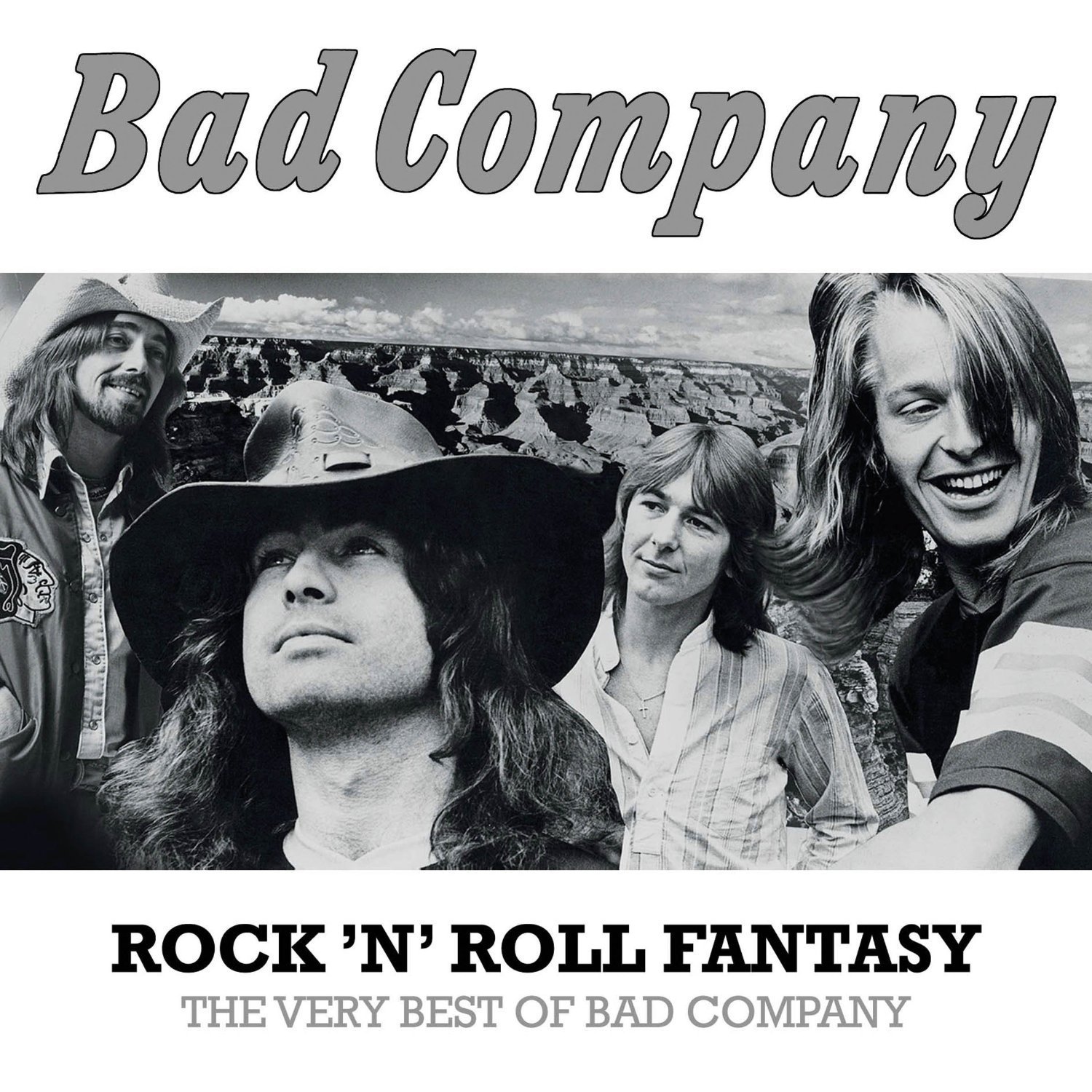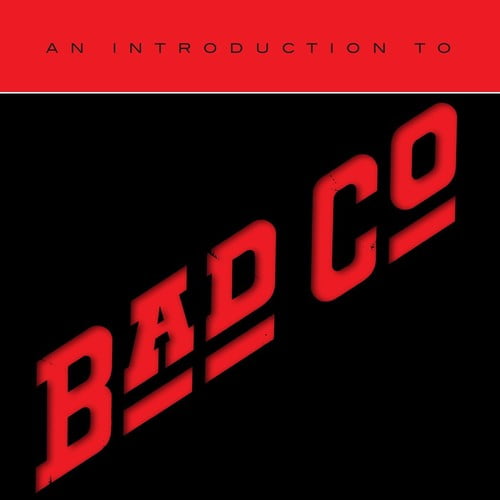

“We were just trying to play what felt good and natural. “We were influenced by people like Jimi Hendrix, Cream, and, to a certain extent, the Beatles,” explains Rodgers. He would eventually record a new version of the song for “Cut Loose,” his 1983 solo album. Rock, blues and even country influences were skillfully layered within songs such as the beautiful Rodgers-penned ballad “Seagull,” the straight-ahead rock of “Movin’ On” and “Rocky Steady.” Also featured from those fertile sessions at Headley Grange are “Little Miss Fortune,” the brooding blues rock classic “Ready For Love” and the previously unreleased “Superstar Woman.” While “Superstar Woman” ultimately did not become part of Bad Company’s catalog, Rodgers’ belief in the song never diminished.

The eight tracks recorded at Headley Grange clearly defined the band’s stripped-down sound. We did interesting experiments like placing the vocal microphone way out in the fields for the song ‘Bad Company.’ We recorded that track late at night underneath a fall moon.” We had the drums set up in the hallway and the guitars in the living room. We steamed in and put the entire album down. Peter told us that if we were quick, we could probably use the studio to lay a couple of tracks down. “Led Zeppelin had a mobile studio together at Headley Grange all ready to go, but they were delayed for two weeks. “We were bursting at the seams to get into the recording studio,” says Rodgers. Because of their association with Grant, a unique opportunity arose for them when it came time to record that classic first album in November 1973. Their 1974 self-titled debut went platinum five times over and featured the smash hits, “Can’t Get Enough,” (a Number One single) and “Movin’ On” along with electrifying rock anthems like “Ready For Love,” “Rock Steady” and the title track. As soon as Peter heard how strongly I felt about the name, he became very supportive and together we turned the record company around.”īad Company was an instant hit worldwide.

We agreed to go in and tell them that we were going to be called Bad Company and that was the end of the story.
Bad company videos free#
I told them that I had been through this before with Free as Island Records had wanted to call us the Heavy Metal Kids. Peter Grant called a meeting and the band met beforehand. “I had to fight to get the management and the record company to accept the name Bad Company,” explains Rodgers. The duo recruited former King Crimson bassist/vocalist Boz Burrell, added drummer Simon Kirke and Rodgers Christened the band Bad Company. Rodgers’ brought in Led Zeppelin manager Peter Grant and Bad Company became the first band signed to Zeppelin’s Swan Song label. Rodgers had met Mott The Hoople guitarist Mick Ralphs and after jamming together and listening to new songs that Ralphs had penned and songs that Rodgers had penned, Ralphs made the decision to leave Mott and form a new band with Rodgers. Over the years, their songs have transcended classic-rock radio and inspired artists across genres: Americana star Alison Krauss covered “Oh, Atlanta” in 1995, and Five Finger Death Punch had a major hit on rock radio in 2010 with their take on “Bad Company.Boz Burrell, Mick Ralphs, Paul Rodgers, Simon Kirke -Photo by Carl Dunn. Although Bad Company experienced multiple lineup shifts throughout the ’80s and ’90s, Rodgers and Kirke toured with a modern incarnation of the group well into the 21st century.

They quickly found their footing and became one of the most successful bands of the ’70s, thanks to a string of multiplatinum LPs (including 1975’s Straight Shooter and 1979’s Desolation Angels) and a sound that evolved as trends changed for example, the polished production and groove-heavy riffage of “Rock ’N’ Roll Fantasy” fit right in with the decade’s roller-rink disco rock. Bad Company initially coalesced in 1973, with Rodgers and a fellow Free bandmate, drummer Simon Kirke, teaming up with ex-Mott the Hoople guitarist Mick Ralphs and former King Crimson bassist Boz Burrell. Fronted by former Free singer Paul Rodgers, who led the way with a soulful, empathetic voice, the quartet found great success in America with a combination of bluesy British hard rock (their self-titled theme song “Bad Company”) and harmony-driven electrified folk (“Feel Like Makin’ Love”). Expectations were high from day one for the classic-rock supergroup Bad Company-after all, their chart-topping 1974 self-titled debut was the first LP issued by Led Zeppelin’s Swan Song Records-but the London-formed band never disappointed.


 0 kommentar(er)
0 kommentar(er)
